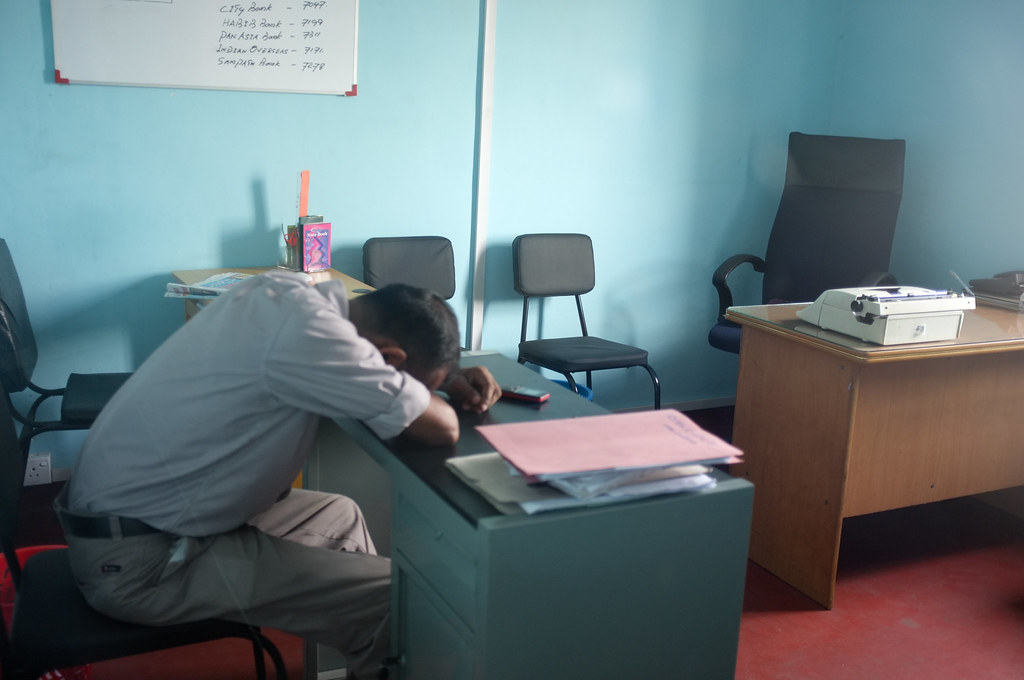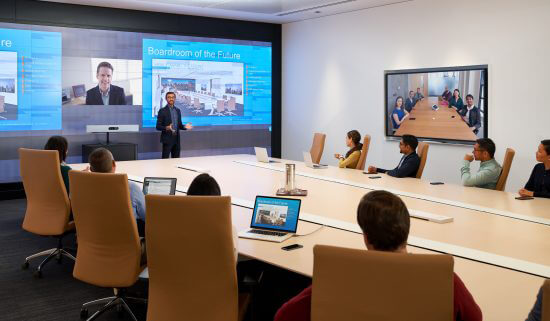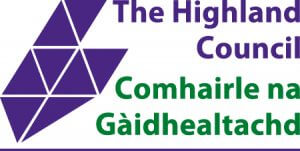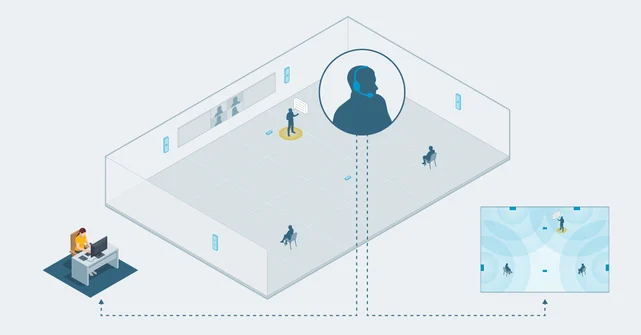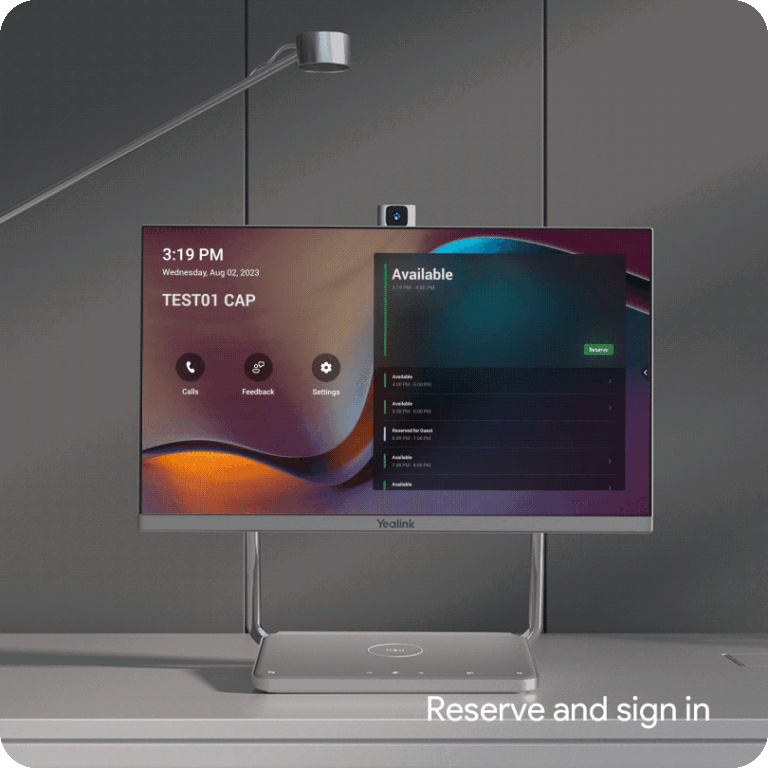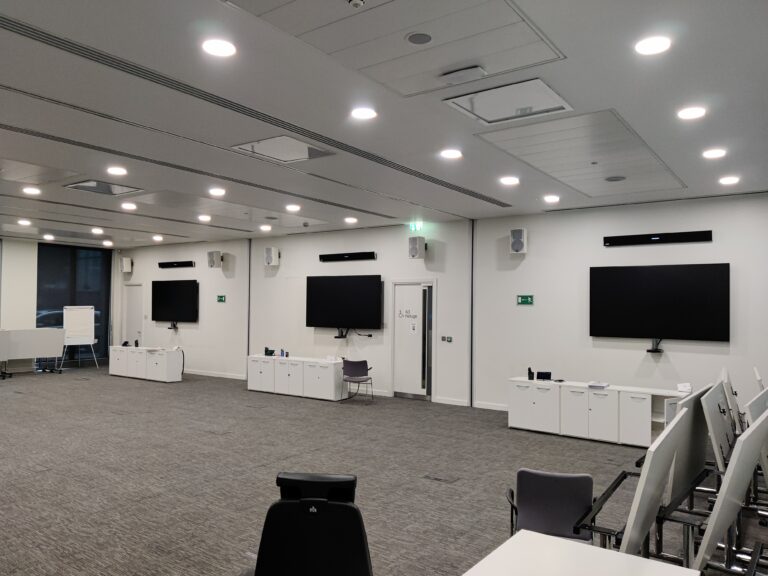This blog post has been reposted from The HR Director.
We’ve been co-existing with COVID-19 for longer than anyone could have predicted. Living with restrictions while managing a challenging work/life balance, and trying to remain resilient. Living this way is difficult to sustain and over time can result in anxiety, poor performance at work, a lack of creativity, and eventually burnout. With around 73% of working professionals admitting they feel burnt out, it’s time to look at the bigger picture.
Why the burnout?
Video calls for work, video calls for socializing, video calls with the GP – it seems like everything we would have done pre-COVID-19 is now conducted via a video call. Video calls allow us to remain connected with our colleagues, family and friends, and we’d be lost without it. However, we can spend the majority of the day staring at our computer screens or mobile devices, switching between video and audio conferences, responding to emails, instant messages and text messages. This is negatively impacting our whole health and is exhausting for both the body and the mind.
That exhausted feeling at the end of the working day has been referred to in COVID-19 times as ‘Zoom fatigue’. Video calls sometimes require more attention and concentration than face-to-face meetings or audio calls. We often have to deal with connection problems, delays and sound issues, while trying to decode body language and facial expressions, in addition to giving our full attention to the meeting content. This is over and above balancing the demands of our workload and daily life. As a result, we’re left feeling drained and more tired than usual.
According to the latest research from Cigna, global stress levels are alarmingly high, with 74% of UK respondents reporting to be feeling stressed. This stress is further exacerbated by being ‘Always on’ – checking emails and feeling the need to be constantly available out with office hours or at the weekend. This inability to fully switch off is hugely detrimental to our mental and physical health, and it can be a cause for concern for employers and employees alike. Out of the people Cigna surveyed, a staggering two thirds (68%) of Brits report that they work in an ‘always on’ culture, which is hugely concerning.
Don’t let burnout lead to chronic stress
Women aged 20 to 35 and those aged 55 and over are most likely to be impacted by burnout. This could be due to a range of factors, including childcare or home-schooling issues, or caring for elderly relatives, which uniquely impacts the whole health of these demographics more so than any other. In addition, three quarters of finance professionals (75%) and tech employees (73%) report the highest levels of burnout across professions. People who experience burnout will be emotionally, physically and mentally exhausted, caused by excessive and prolonged stress.
Employers need to recognise that well-being culture has moved from being a nice-to-have to a greater strategic issue. Looking after their employees’ mental health is equally as important as their physical health. The two should always be considered in tandem as both play a contributing factor in a persons’ whole health. Observing signs of burnout or stress in employees can be harder to spot while working in a remote environment, so it’s crucial managers are able to recognise some of the common signs of burnout within their team, including:
- Lack of enthusiasm for the job – employees may no longer feel passionate towards their job and think negatively of their role, working conditions and the people they work with, gradually distancing themselves.
- Emotionally drained – employees will feel tired, emotional and overwhelmed with the demands of their workload.
- Loss in productivity – employees will lack enthusiasm and motivation to do their job and lack creativity.
- Physical symptoms – burnout can manifest in physical symptoms such as headaches, loss of appetite and difficulty sleeping.
Spotting the signs of burnout is important to ensure the well-being of employees, but it’s equally as important for the employer too. When an employee is experiencing burnout or increased stress levels, they are more likely to avoid situations which could further raise their stress and begin to disengage from their work, resulting in presenteeism or absenteeism. More than half of all working days lost in Europe are caused by work related stress.
Take a proactive, company-wide approach to employee burnout
It’s important to remember that COVID-19 has impacted everything around us – our physical and mental health, our family, our friends, our finances and our home environment. They are all closely connected. If an employee is encountering a difficulty in any one of these areas, this has an immediate knock on effect their whole health.
Employers have a duty of care towards their employees. If an employee is feeling burnt out the employer needs to take a step back and ask why. Are managers checking in regularly with their team on a personal level? Are resources stretched too thinly across the team? Is the workload unrealistic? Are managers offering enough support, guidance or clarity?
It might be more challenging for managers to spot the signs of burnout while we work remotely. However, a proactive approach to raising awareness and managing employee burnout across the company is essential, with practical advice and well-being solutions being available for employees to access.
A good place to begin is to take a look at the demands and responsibilities that are placed on employees. It could be that employees feel compelled to work after hours or weekends because this is seen as the ‘thing to do’ in the company. Evaluate the behaviours demonstrated by the leadership team – are they encouraging people to take regular breaks, stop for lunch and to finish at an appropriate time in the evening? A shift in workplace culture needs to begin at the top of the leadership structure and they need to practice what they preach.
Next, consider the mental health support that’s available to employees. Line manager support could be as simple as making themselves available for regular check-ins to get a feel for their team’s workload, their priorities and how they are feeling overall, while also providing the opportunity to spot the signs of burnout as early on as possible. For employers, it’s recommended they review the wellness services available to employees, such as employee assistance programs, well-being apps or online cognitive behavioural therapy. Mental health first aiders should be recruited in the workplace who are trained to notice and support any employees who may be experiencing a mental health issue or a crisis in their work environment, and connect them with appropriate employee and community resources.
Being able to recognise, address and manage employee burnout will not only benefit the employee, but it will also pay dividends for the employer in the long-term. By considering their employees’ whole health, employers will tackle burnout head on. Employers need to acknowledge employees’ lives are complicated, busy and ever changing, and their overall health and well-being is complex too.

